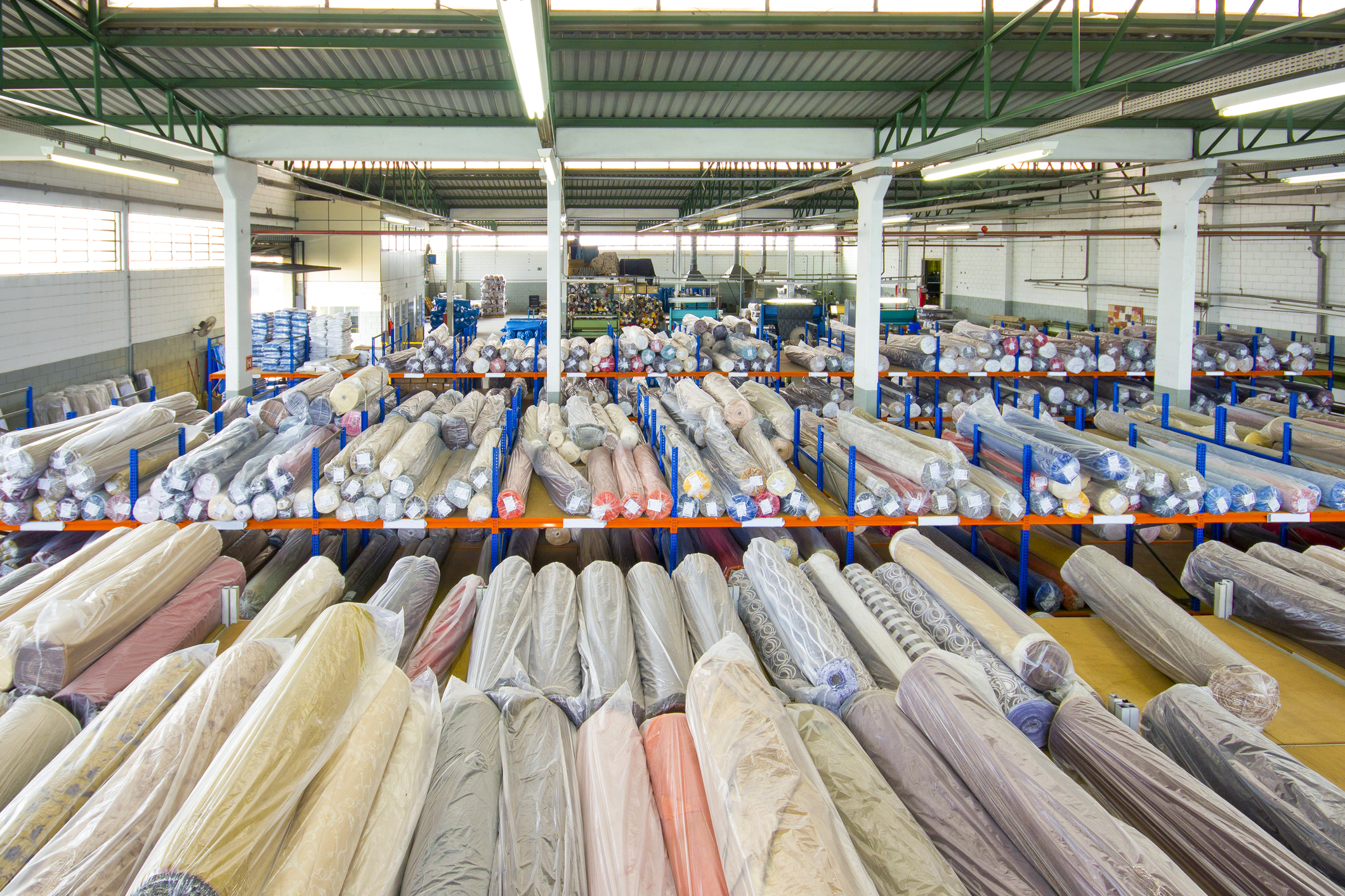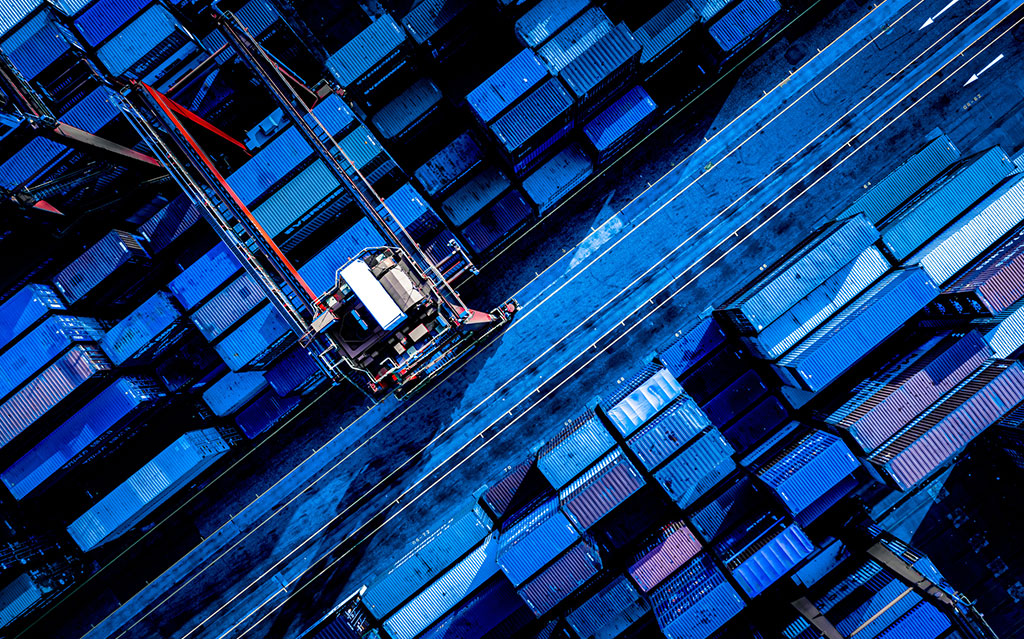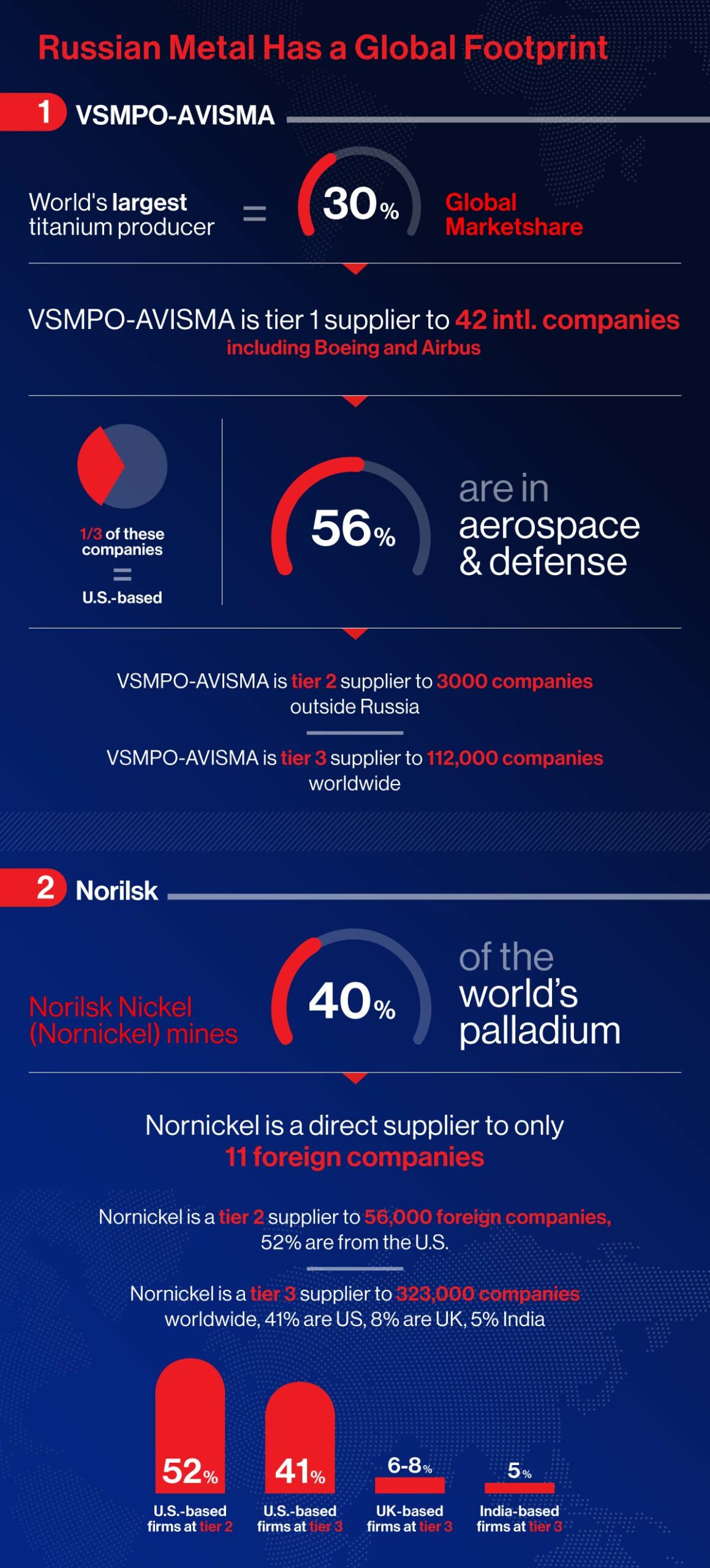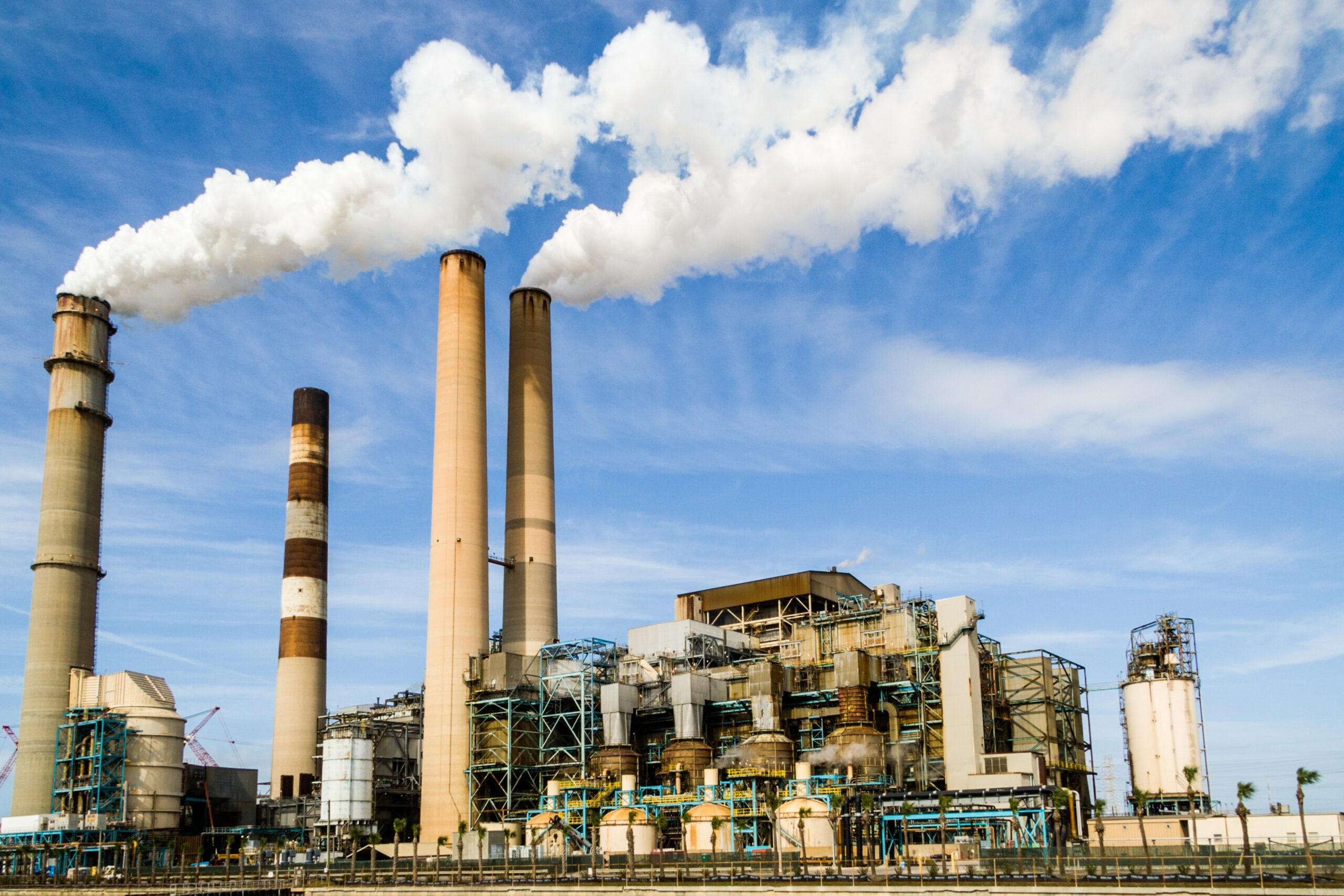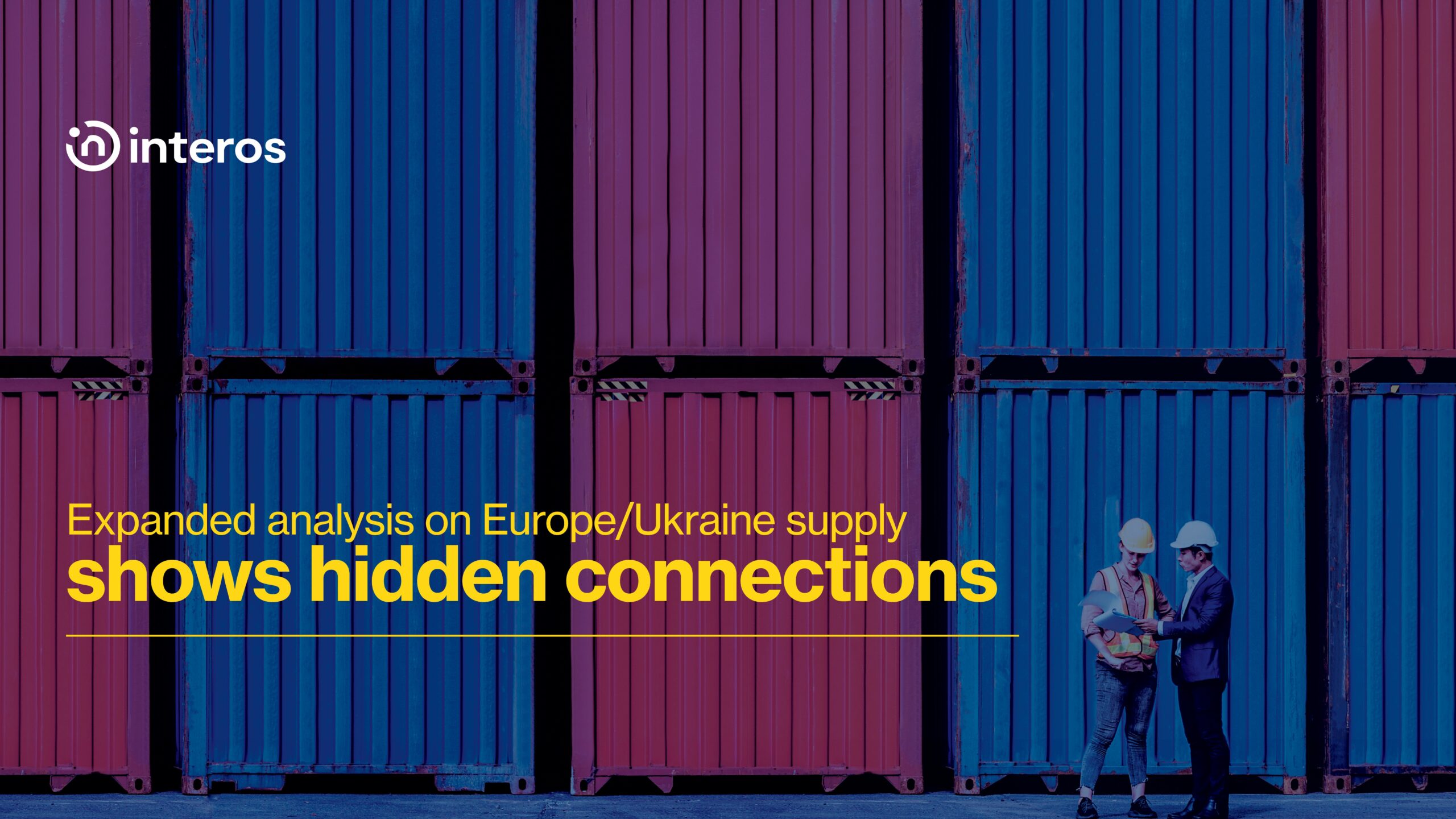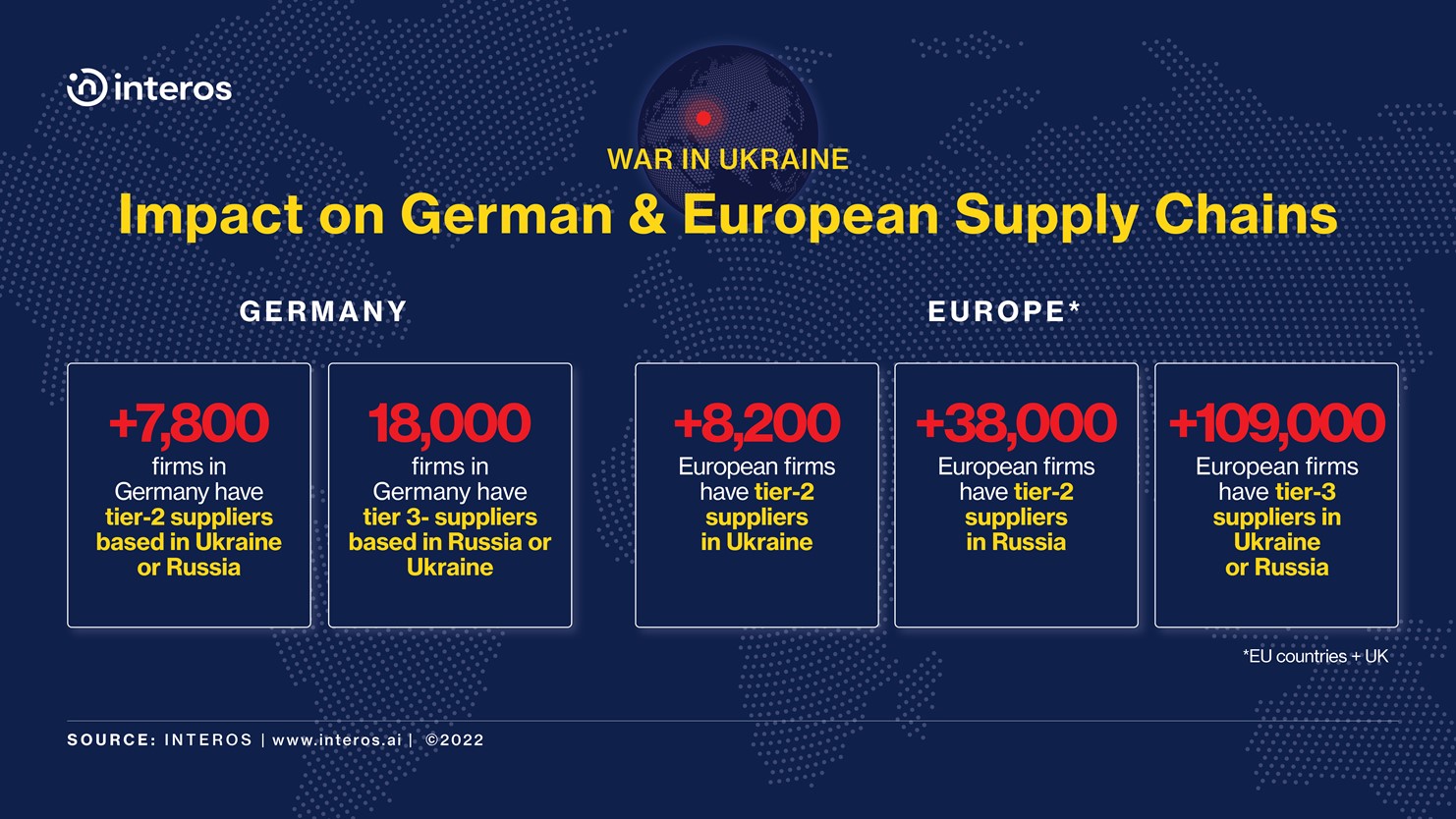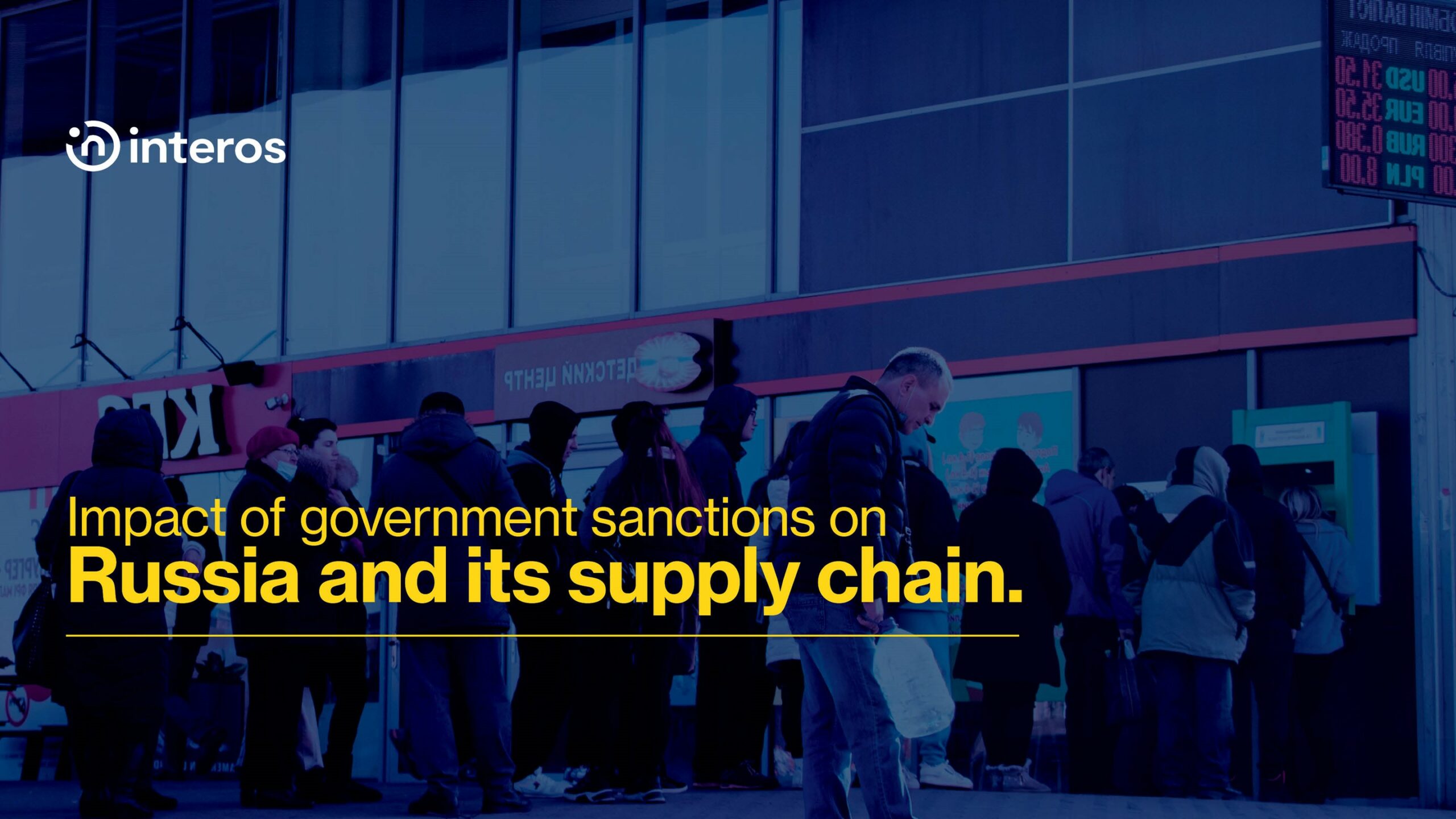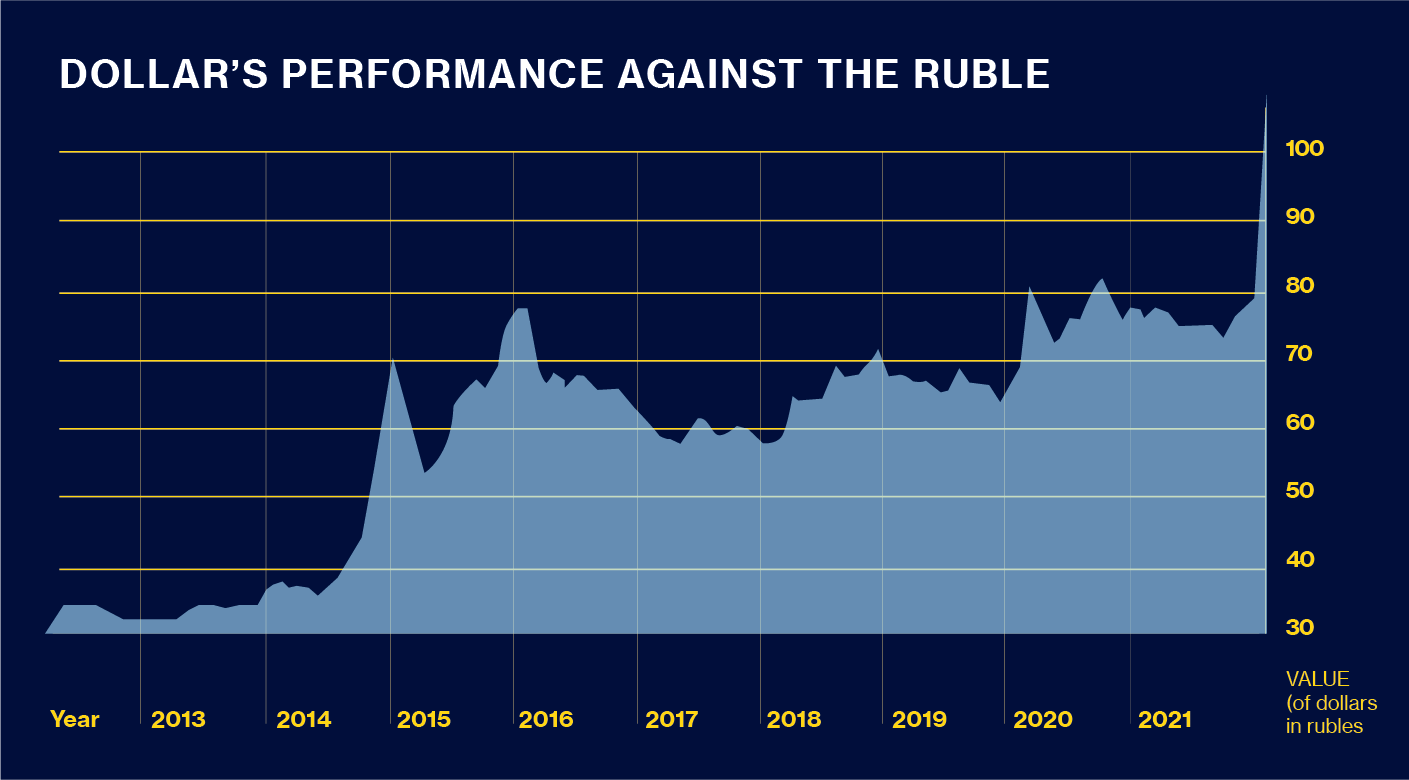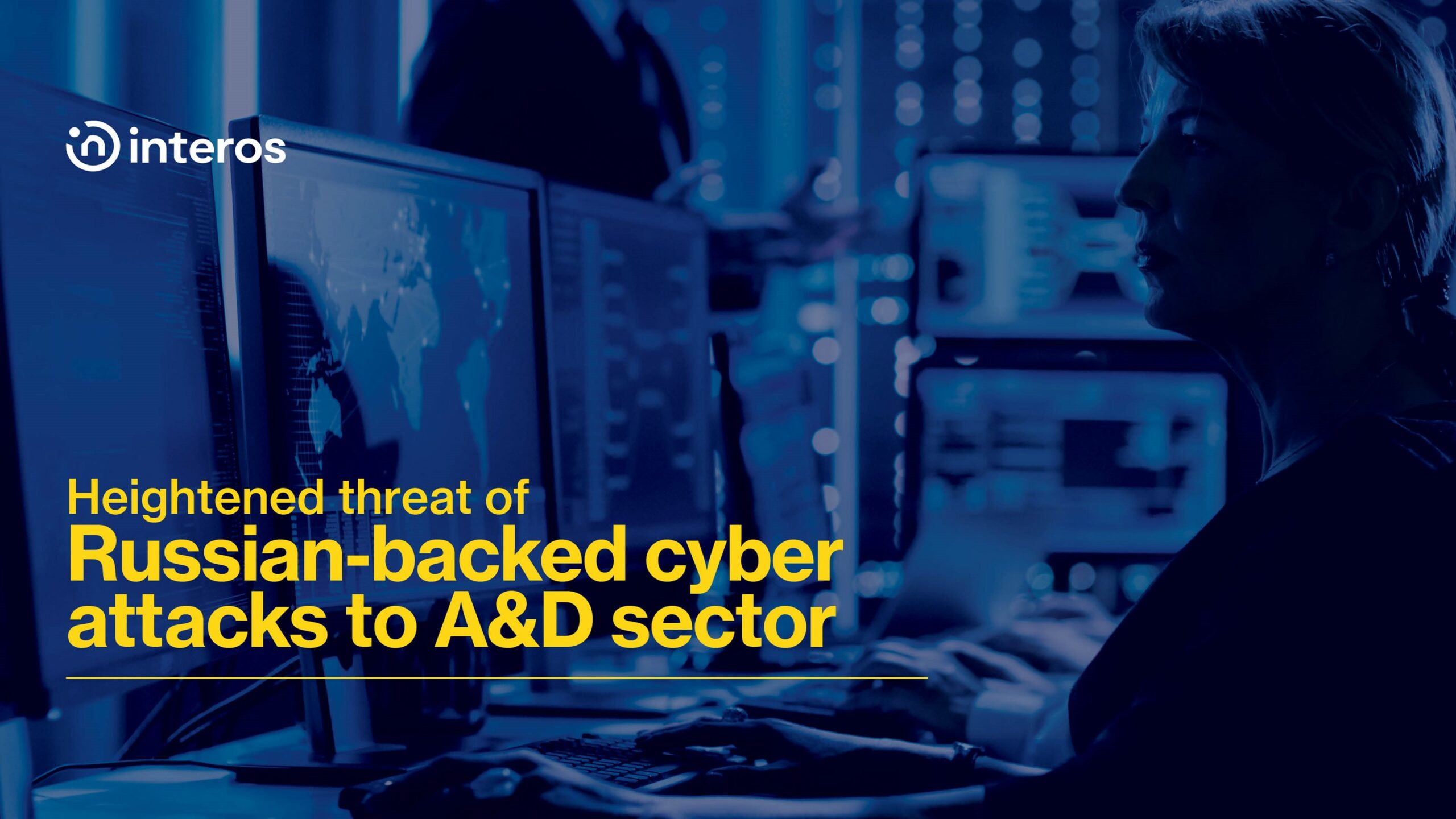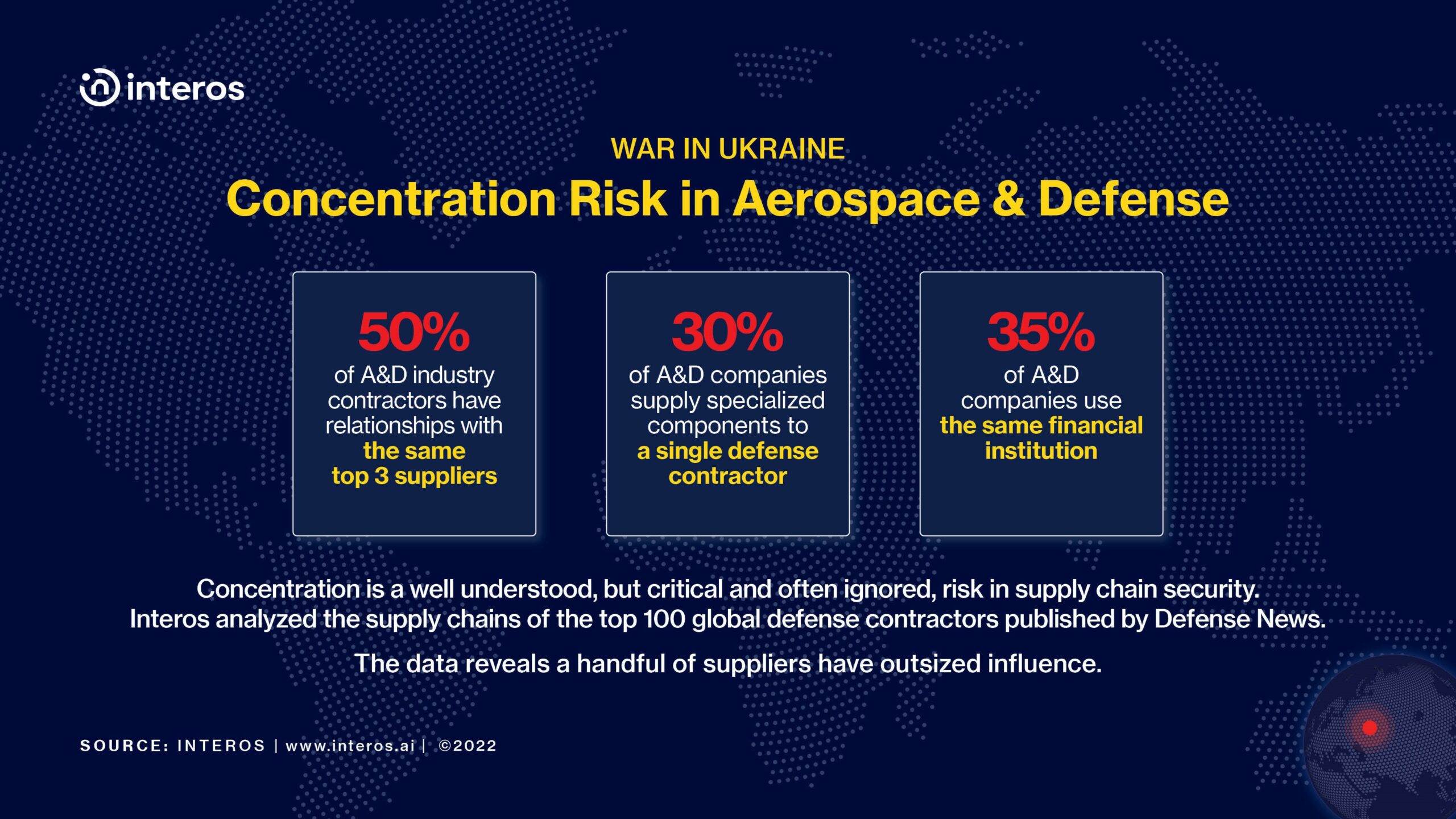Fittingly, less than 24 hours after marking the Spring Solstice in North America, we’ve reached a true inflection point in the march to create smarter, healthier businesses and a better planet.
Today’s proposal by the Securities and Exchange Commission (SEC) to require businesses to begin measuring and disclosing greenhouse gas emissions in a standardized way is a huge milestone in the evolution of Environmental, Social and Governance (ESG) awareness here in the U.S. and around the world.
It’s also a momentous catalyst for ensuring greater visibility and resilience across your supply chain.
Per the proposed ruling, companies are obligated to disclose their direct (Scope 1) and indirect (Scope 2) greenhouse gas emissions and, crucially, emissions generated by their suppliers, called Scope 3 emissions. While the requirement for Scope 3 emissions will only be limited to companies above a certain size, their inclusion reflects a greater concern than ever before on the effect of extended supply chains on the global climate.
The ruling will be available for public comment for 60 days before a final ruling is handed down.
Strong Message Needs Strong Response
Regardless of outcomes, the announcement marks the most significant intention to overhaul corporate disclosure rules in decades and sends a strong message to businesses everywhere that climate change action is now among the most pressing concerns and priorities for Wall Street’s top regulator and investors. Despite its reputation for lagging behind Europe on ESG matters, this announcement indicates that the U.S. is taking these issues just as seriously.
Today’s news certainly doesn’t come as a shock. According to POLITICO, thousands of companies already voluntarily provide emissions data to CDP, a nonprofit repository of corporate climate reporting. And in the U.S., nearly 32 percent of companies even disclose their supply chain emissions to CDP.
Over the past several months, I’ve participated in several climate, ESG and investor-related conferences, including Blackstone’s CEO Council last week. This issue – and the need for greater supply chain visibility – is right up there with Russia’s invasion of Ukraine as the most important conversations taking place among leaders across business, government and civil society.
It also follows a host of societal and business trends we’ve been following for the past few years as activist consumers and investors push for greater action and transparency on climate, social justice and economic equity issues.
And they’re putting their money where their mouth is. Sustainable investing is on the rise globally, with assets under management having surged from $30.7 trillion in 2018 to $35.3 trillion in 2020, according to the Global Sustainable Investment Alliance.
To put that into context, that $35.3 trillion is equal to the combined GDPs of the world’s two largest economies – the U.S. and China. And its rate of growth surpasses both.
With today’s announcement, the race is on for diligent, transparent, consistent and accountable ESG reporting.
From Compliance to Competitive Advantage
And let’s be clear: This is not just about compliance anymore. Rather this is all about competitive advantage. Companies that embed and integrate ESG into their operating and business models to enhance operational resilience, drive efficiencies, satisfy consumer demands and reinforce their values to employees will gain significant competitive advantage. And those that back these actions with clear visibility into their suppliers’ actions across their extended supply chain will be the undisputed market leaders of the next decade and beyond.
In a comprehensive report issued by the University of Oxford, 88 percent of companies that embraced ESG reported higher operational performance, while over 90 percent experienced lower cost of capital and over 80 percent saw improvements in stock performance.
Driving optimal ESG business performance requires not only integrating sustainable practices and measures within your own operations but also working diligently with your suppliers which, in many cases, may bear most of your exposure. Scope 3 emissions are a great case in point. In most FMCG companies, for instance, including giants like Coca-Cola, more than 80 percent of carbon footprints resides within their supply chain.1
And for most of these businesses, it’s not so much a carbon-awareness problem as much as it is a data and visibility problem.
Interos Study Shows Deficits in Visibility and Data
Our own recent study on supplier sustainability at Interos shows that companies want sustainable supply chains but lack the data and visibility into their partners’ operations to truly meet their sustainability goals. The survey shows that 37 percent of responding businesses struggle to obtain the data to measure supplier sustainability accurately.
Additionally, 74 percent of businesses responding to the Interos study say they rely on manual methods and self-reporting. And perhaps most alarming, 41 percent of organizations report that ESG-related risk factors had caused detrimental impacts to their business in the past two years. ESG disruptions cost companies an average $35 million in lost revenue annually, and untold millions more in brand and reputation impacts.
With more than half of companies lacking supply chain visibility across their extended ecosystems, organizations face the possibility of both ESG reputational risks as well as regulatory risks as governments across the globe ban supply chain exposure to issues like human rights violations.
Whether it’s unethical child labor practices in China creating business concerns for H&M2 or environmental recklessness in the Amazon region creating problems for McDonald’s, Walmart, and Costco3, these days the C-Suite is working hard to gain real visibility into risks lurking deep in the supply chain that could cause serious negative repercussions back at headquarters.
In my own recent conversations with business and government leaders, it’s clear that more and more C-suites and boardrooms are focused on greater visibility and transparency. The power of transparency is that it turns doing the right thing into a massive business opportunity.
This goes beyond the investment world; this goes straight to the core of the corporate world and the myriad extended supply chains of finance, manufacturing, energy, aerospace and defense, pharma, automotive and beyond.
Done right, we can encourage the creation of a better, healthier, and safer global economy. We can help re-build trust in the global supply chain. We can reveal and reward the good, as well as see the bad and put a higher cost of doing business on pursuing environmentally unsound ways of operating.
The SEC has given us more reason to do just that.
- Coca-Cola’s GHG emissions worldwide 2020 | Statista
- H&M and Other Brands Face Backlash From Chinese Consumers – The New York Times (nytimes.com)
- https://www.onegreenplanet.org/environment/companies-linked-amazon-deforestation-mcdonalds-walmart/

